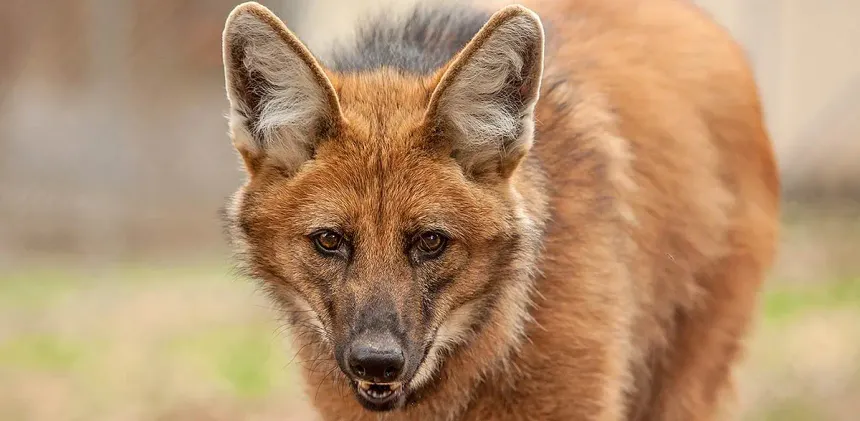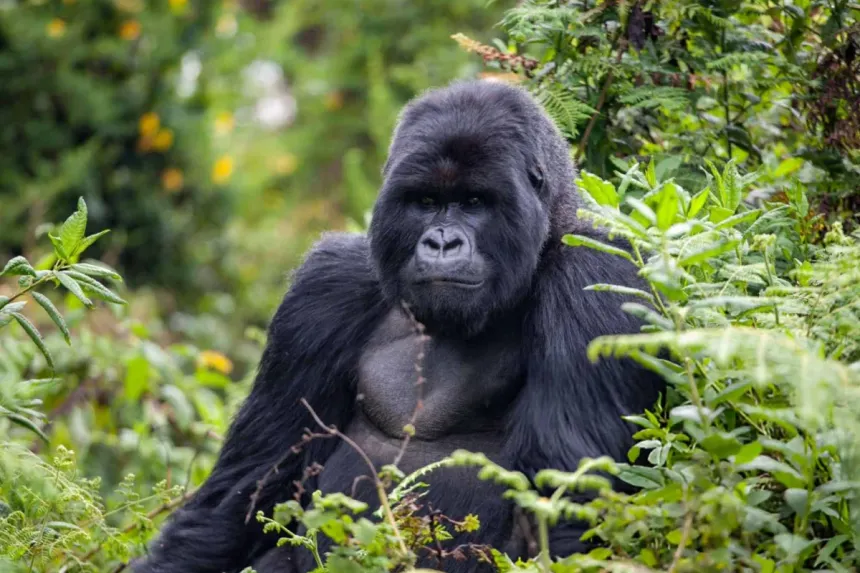“Brilliant Bats: 20 Fascinating Facts About the Night Flyers”
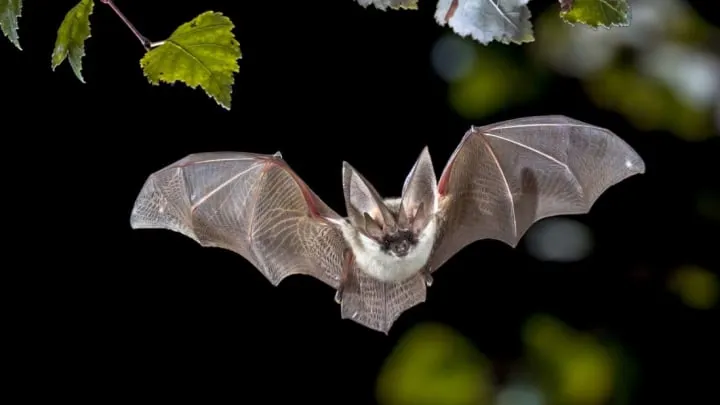
Bats are often shrouded in mystery, superstition, and myth. But behind the spooky stories lies one of nature’s most diverse, intelligent, and ecologically important creatures. With over 1,400 species found all over the globe, bats play crucial roles in pollination, seed dispersal, and insect control. From the tiniest bumblebee bat to the massive flying fox, bats are truly extraordinary animals. Here are 20 fascinating facts that reveal just how remarkable they really are.
1. Bats Are the Only True Flying Mammals
Unlike flying squirrels or gliders, bats are the only mammals capable of sustained flight. Their wings are modified hands with elongated fingers covered by a thin membrane called the patagium.
2. They Make Up One-Fifth of All Mammals
There are more than 1,400 species of bats, making up about 20% of all mammal species on Earth. They’re second only to rodents in species diversity among mammals.
3. Not All Bats Use Echolocation
Most bats use echolocation to navigate and find food in the dark by emitting high-frequency sounds. However, fruit bats (or megabats) rely more on keen eyesight and smell.
4. Bats Come in Many Sizes
The smallest bat, the bumblebee bat of Thailand, weighs less than 2 grams. The largest, the giant golden-crowned flying fox, has a wingspan of up to 1.7 meters (5.6 feet)!
5. Some Bats Live Over 30 Years
Despite their small size, many bat species are long-lived mammals. One little brown bat (Myotis lucifugus) was recorded to have lived for 41 years.
6. Bats Are Excellent Pest Controllers
A single little brown bat can eat up to 1,000 mosquitoes in an hour. Bats save agriculture billions of dollars annually by reducing crop-damaging insects.
7. Some Bats Drink Blood — But Rarely
Only three species of vampire bats feed on blood — mostly from livestock. They’re small, stealthy, and usually do no harm to humans.
8. Bats Hang Upside Down for Good Reason
Hanging upside down allows bats to quickly drop into flight. Their tendons are uniquely designed to lock their claws without energy, letting them sleep comfortably.
9. They Pollinate Plants and Spread Seeds
Many tropical plants, including bananas, mangoes, guavas, and agaves, rely on fruit bats for pollination and seed dispersal. No bats, no tequila — agave is pollinated by bats!
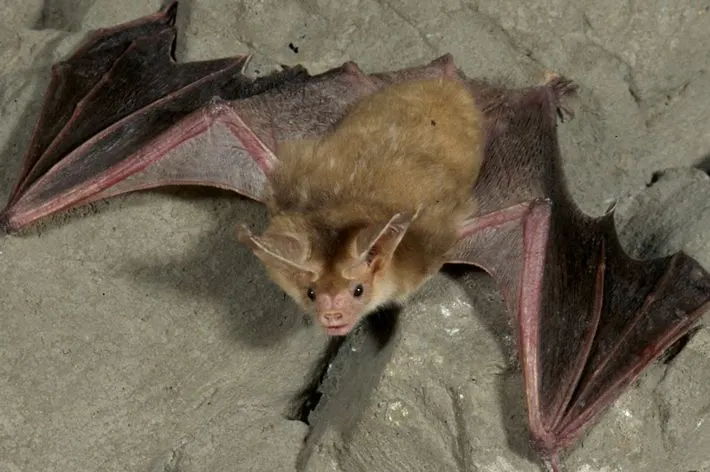
10. Bats Are Found on Every Continent Except Antarctica
Bats inhabit a vast range of habitats — forests, cities, deserts, and caves — on every continent except Antarctica. Some even live at high altitudes or in the Arctic tundra.
11. Baby Bats Are Called Pups
Most bat mothers give birth to a single pup per year, which they nurse for several weeks. Despite living in large colonies, mothers can identify their pup by sound and scent.
12. Some Bats Can Swim
Though it’s rare, some bat species have been observed paddling through water to escape danger or reach shore after accidentally landing in lakes or ponds.
13. Bats Have Delicate but Strong Bones
Bat bones are lightweight and thin, which aids flight but also makes them fragile. This is why bat fossils are rare, yet bats have been around for over 50 million years.
14. Not All Bats Live in Caves
While many roost in caves or hollow trees, others sleep in leaf tents, crevices, or even under bridges and buildings. Some species are even known to burrow in the ground.
15. Bats Use a Variety of Vocalizations
Bats don’t just chirp for echolocation. They sing complex songs, squeak, and chatter, especially during mating season or in social settings. Some species even hum.
16. White-Nose Syndrome Is Threatening Bat Populations
An invasive fungal disease called white-nose syndrome has devastated millions of North American bats, pushing several species toward the brink of extinction.
17. Flying Foxes Can’t Echolocate
Flying foxes, the largest bats, rely entirely on their large eyes and strong sense of smell to find fruit, making them more like birds than their microbat cousins.
18. Bats Are Extremely Clean
Contrary to popular belief, bats are meticulous groomers, spending significant time licking and cleaning themselves and their companions — much like cats.
19. Bats Navigate the Night Sky with Precision
Some bats can detect objects as fine as a human hair using echolocation. Their internal sonar systems are among the most advanced in the animal kingdom.
20. They Play Key Roles in Ecosystems
Without bats, ecosystems would collapse. They control pests, pollinate crops, and regenerate forests. Conservation efforts are increasingly recognizing their ecological value.
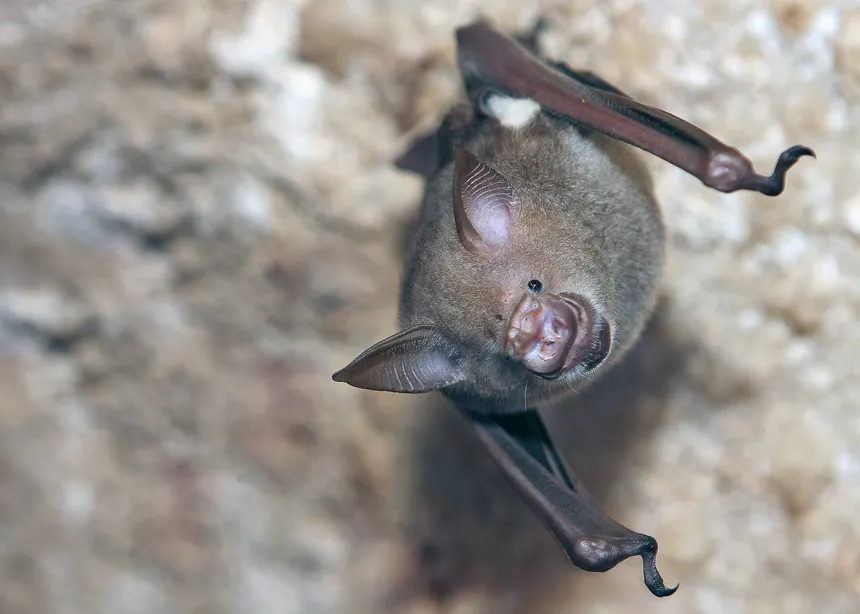
Conclusion: Guardians of the Night
Bats are far more than Halloween decorations or scary legends. They are vital, intelligent, and diverse creatures that enrich the ecosystems they inhabit. By learning more about bats, we can better appreciate their unique place in the natural world and why they deserve our protection, not our fear.


